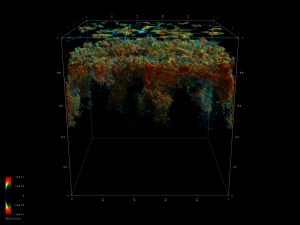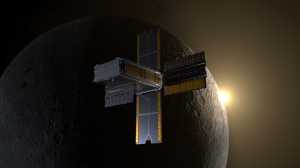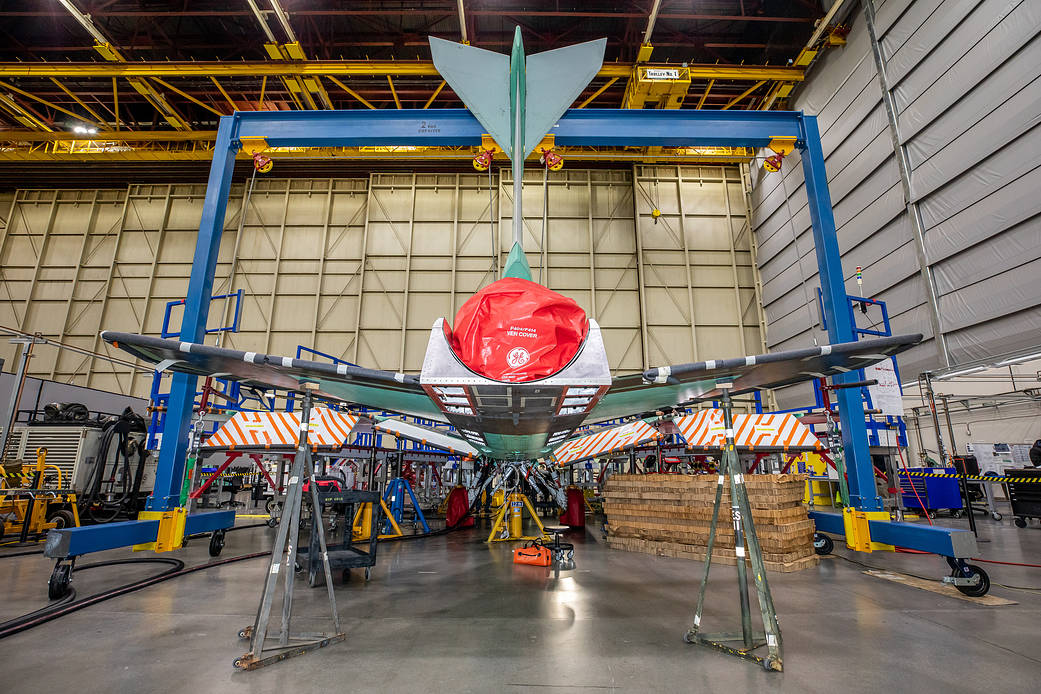
Lee esta historia en español aquí.
NASA’s Quesst mission marked a major milestone with the start of tests on the engine that will power the quiet supersonic X-59 experimental aircraft.
These engine-run tests, which began Oct. 30, allow the X-59 team to verify the aircraft’s systems are working together while powered by its own engine. In previous tests, the X-59 used external sources for power. The engine-run tests set the stage for the next phase of the experimental aircraft’s progress toward flight.
The X-59 team is conducting the engine-run tests in phases. In this first phase, the engine rotated at a relatively low speed without ignition to check for leaks and ensure all systems are communicating properly. The team then fueled the aircraft and began testing the engine at low power, with the goal of verifying that it and other aircraft systems operate without anomalies or leaks while on engine power.
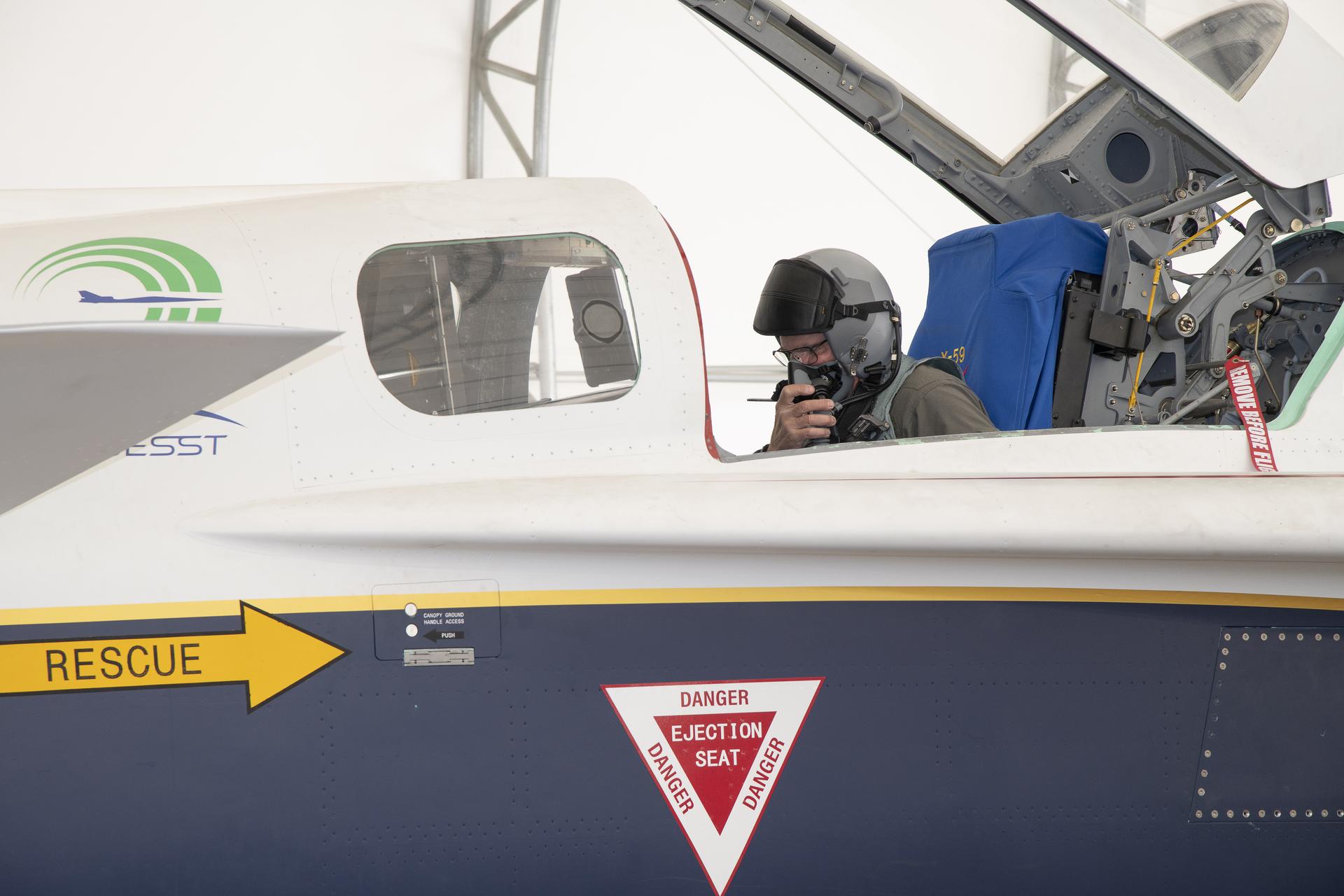
“The first phase of the engine tests was really a warmup to make sure that everything looked good prior to running the engine,” said Jay Brandon, NASA’s X-59 chief engineer. “Then we moved to the actual first engine start. That took the engine out of the preservation mode that it had been in since installation on the aircraft. It was the first check to see that it was operating properly and that all the systems it impacted – hydraulics, electrical system, environmental control systems, etc. – seemed to be working.”
The X-59 will generate a quieter thump rather than a loud boom while flying faster than the speed of sound. The aircraft is the centerpiece of NASA’s Quesst mission, which will gather data on how people perceive these thumps, providing regulators with information that could help lift current bans on commercial supersonic flight over land.
The engine, a modified F414-GE-100, packs 22,000 pounds of thrust, which will enable the X-59 to achieve the desired cruising speed of Mach 1.4 (925 miles per hour) at an altitude of approximately 55,000 feet. It sits in a nontraditional spot – atop the aircraft — to aid in making the X-59 quieter.
Engine runs are part of a series of integrated ground tests needed to ensure safe flight and successful achievement of mission goals. Because of the challenges involved with reaching this critical phase of testing, the X-59’s first flight is now expected in early 2025. The team will continue progressing through critical ground tests and address any technical issues discovered with this one-of-a-kind, experimental aircraft. The X-59 team will have a more specific first flight date as these tests are successfully completed.
The testing is taking place at Lockheed Martin’s Skunk Works facility in Palmdale, California. During later phases, the team will test the aircraft at high power with rapid throttle changes, followed by simulating the conditions of an actual flight.
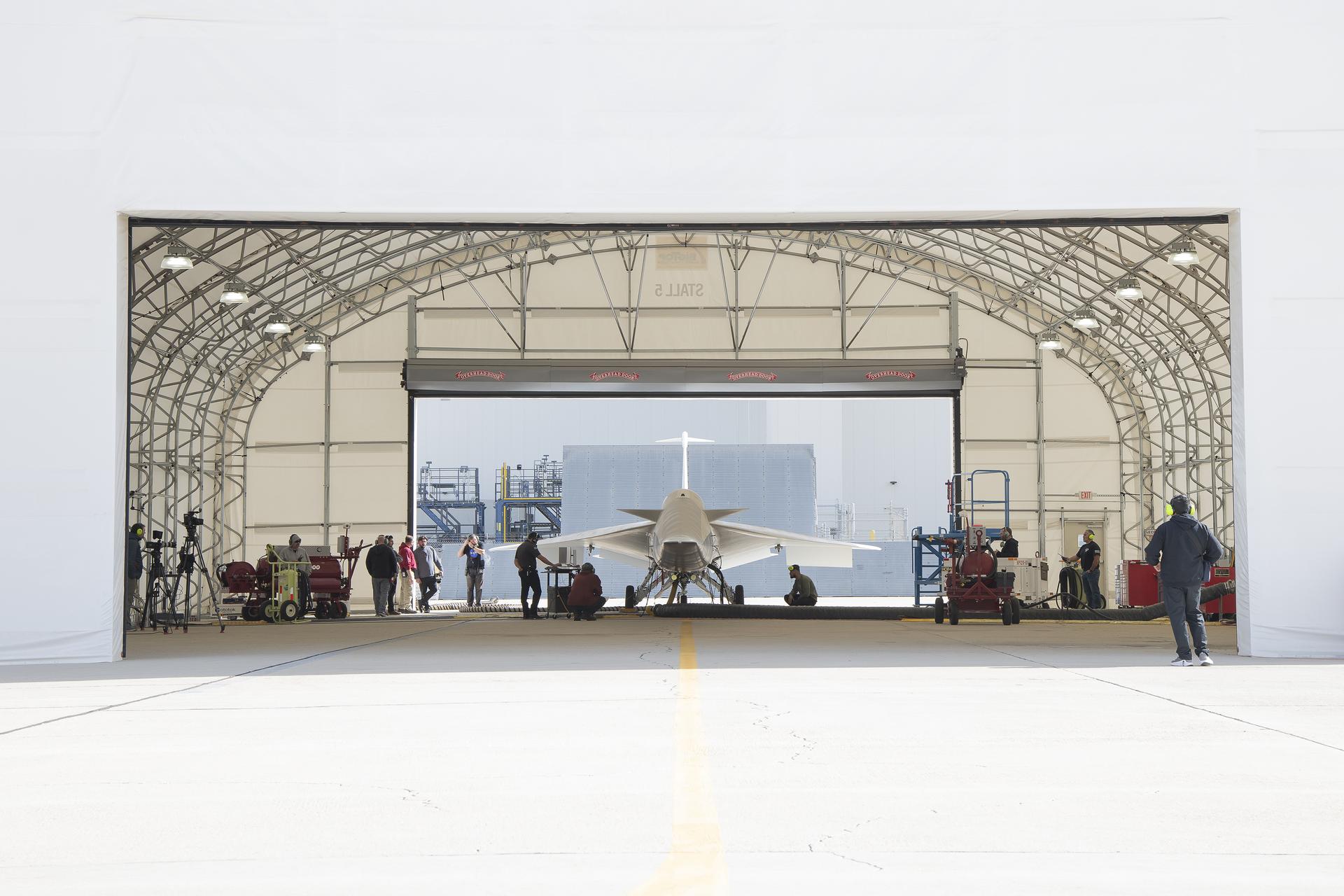
“The success of these runs will be the start of the culmination of the last eight years of my career,” said Paul Dees, NASA’s deputy propulsion lead for the X-59. “This isn’t the end of the excitement but a small steppingstone to the beginning. It’s like the first note of a symphony, where years of teamwork behind the scenes are now being put to the test to prove our efforts have been effective, and the notes will continue to play a harmonious song to flight.”
After the engine runs, the X-59 team will move to aluminum bird testing, where data will be fed to the aircraft under both normal and failure conditions. The team will then proceed with a series of taxi tests, where the aircraft will be put in motion on the ground. These tests will be followed by final preparations for first flight.


























